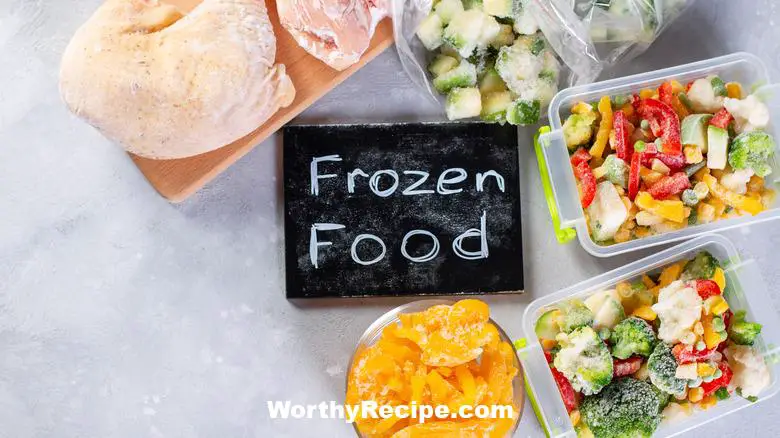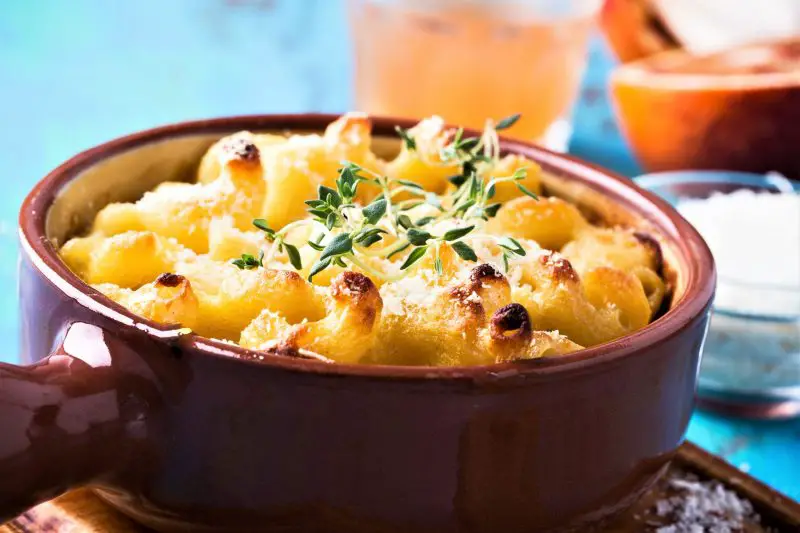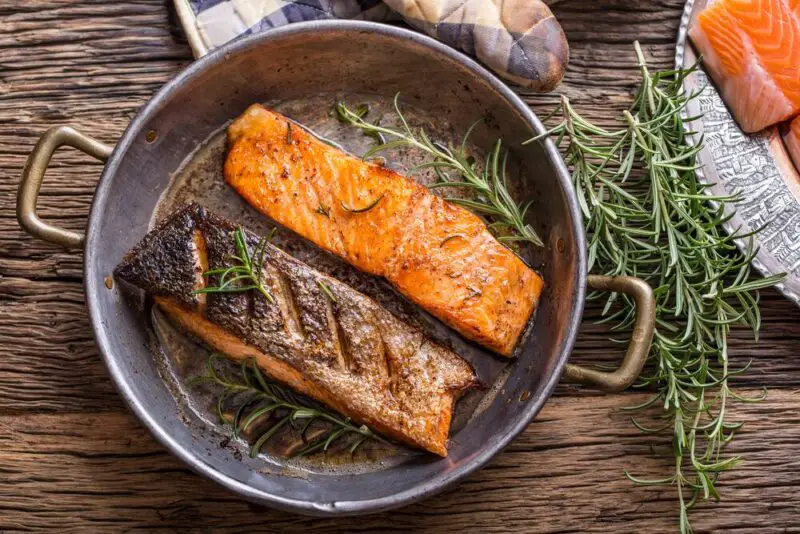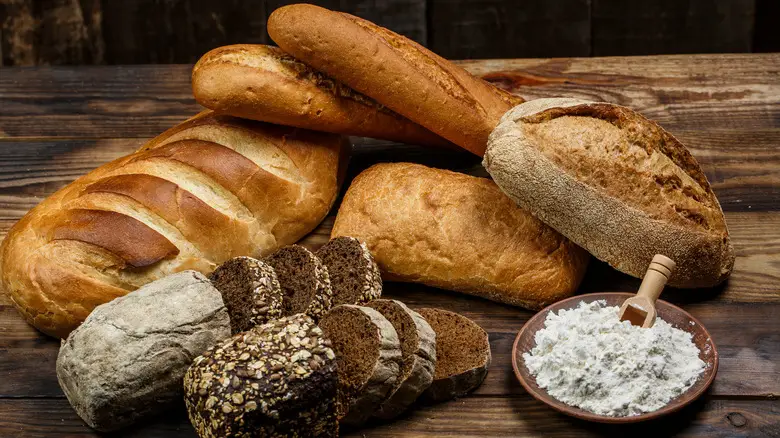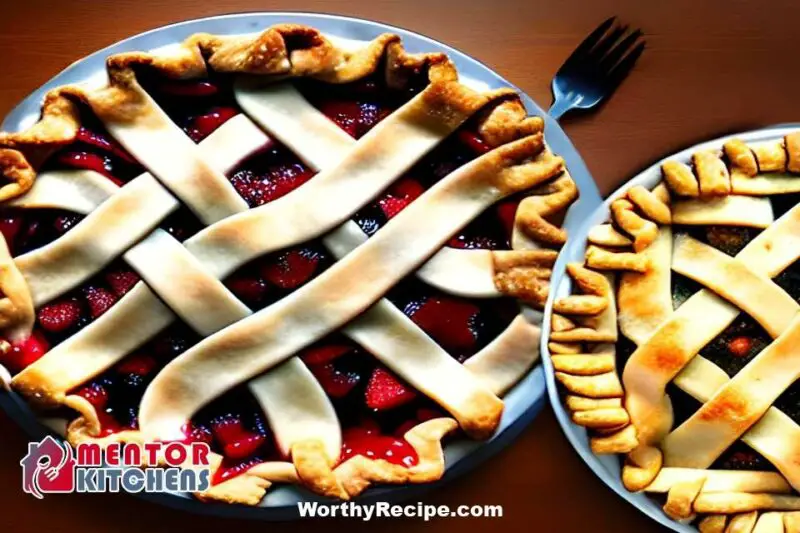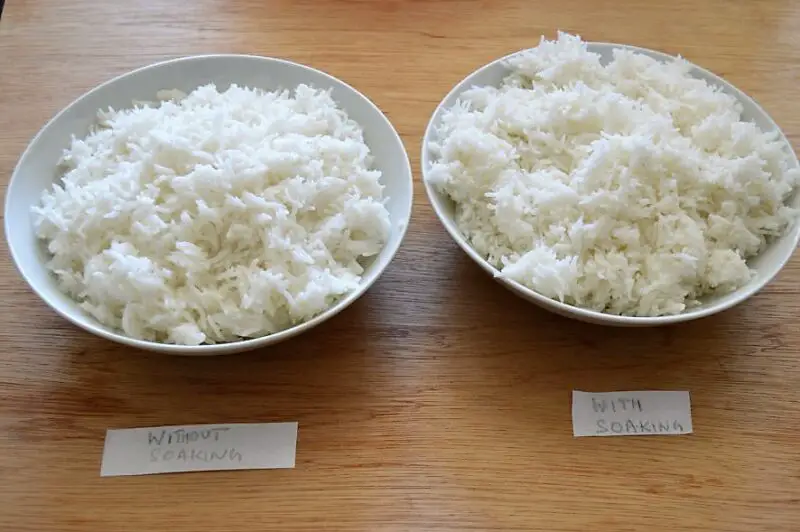Can You Refreeze Cooked Frozen Vegetables?
Vegetables are an essential part of a healthy diet and freezing is a convenient way to preserve them. However, there are common concerns and questions about refreezing cooked frozen vegetables. In this article, we will explore the science behind freezing and thawing vegetables, the factors to consider when freezing cooked vegetables, risks associated with refreezing cooked vegetables, techniques for safe refreezing, alternative methods for preserving cooked vegetables, storing cooked vegetables properly and general cooking tips for keeping reheated food safe.
Understanding Freezing and Thawing
Freezing affects the structure and quality of vegetables. When vegetables are frozen, the water inside them turns into ice crystals, which can damage their walls and membranes. When frozen vegetables are thawed, these ice crystals melt, resulting in changes in the texture and taste of the vegetables as well as their nutrient content. Improper thawing and refreezing can increase the potential for bacterial growth, causing health risks.
Recommended storage times for frozen vegetables vary based on the type of vegetable. Generally speaking, most frozen vegetables can be stored safely for up to 8-12 months if they are kept at 0 degrees Fahrenheit or below.
Factors to Consider When Freezing Cooked Vegetables
The method used to cook vegetables determines whether it’s best practice for freezing. Not all cooking methods are suitable for freezing; some may cause changes that make it difficult to properly store or cook the food when you unthaw them.
The seasoning and sauces added to cooked vegetables may also affect their texture and taste after refreezing. Overcooking or adding too much seasoning can decrease the quality of the vegetable overall.
The impact of baking, roasting, and frying on refreezing
Baking, roasting, and frying are ideal methods to cook vegetables that you plan to freeze. These methods expose the vegetables to high heat, which helps preserve their flavor and texture even after they have been frozen.
Baking meals in a casserole dish or sheet pan can also be great for meal-prepping. Using pans or dishes that can be sealed with foil and placed tightly in your freezer can help you protect from air exposure.
Risks Associated with Refreezing Cooked Vegetables
The consequences of bacterial growth due to improper thawing or refreezing of food range from mild stomach upset to serious illnesses such as salmonella poisoning. Consumers should always follow safe thawing techniques when refreezing cooked frozen vegetables.
Tips for minimizing health risks associated with repeated freezing:
- Store cooked food in small portions rather than larger quantities, allowing you to use up each portion within a few days after cooking and thawing the meal before consumption.
- Allow vegetables to cool completely before you place them in the refrigerator or freezer.
- Label containers with the date of the food preparation for easy monitoring of the span of time.
- Use proper food handling practices when preparing and storing food.
Techniques for Safe Refreezing Cooked Frozen Vegetables
To thaw frozen cooked vegetables safely, place them in the refrigerator overnight. The safest technique for reheating may depend on the method initially used to cook them. A microwave can sometimes deteriorate the vegetable quality quicker than having it heated on a stove or oven, following correct instructions specific per veggie-types is necessary.
After cooked vegetables have been thawed, they should be stored in the refrigerator and consumed within 2-3 days. If you plan to refreeze cooked frozen vegetables, you should do so as soon as possible after thawing and reheating them.
Consumers must avoid the common error of refreezing thawed food, especially inappropriately. The bacteria that grow at cold temperatures can survive freezing and won’t disappear by reheating below 40 degrees Fahrenheit. Every cycle of thawing and refreezing can increase bacterial growth further.
Picking the Right Frozen Vegetables for Refreezing
Some vegetables like carrots, green beans, bell peppers, and peas tend to have a better outcome even after being repeatedly frozen and thawed. In contrast, delicate vegetables like leafy greens or zucchini tend to become soggy when thawed and refrozen.
Here are some vegetbales you shouldn’t freeze during their natural state because of quality degradation:
- Tubers like potatoes: They tend to develop an odd texture when frozen.
- Cucumbers: They become mushy when they’re defrosted.
Alternative Methods for Preserving Cooked Vegetables
If you prefer not to refreeze cooked frozen vegetables or you have an overabundance of veggies that you absolutely cannot consume before spoiling, alternative preservation methods exist most-commonly by pickling and fermenting cooked vegetables. These processes can help extend the storage life of your cooked vegetables while adding some extra flavor points!
Different ways to reheat frozen vegetables without refreezing them:
- Microwave: quick but has a tendency to decrease quality in some food items due to the rapidity of the heating process
- Oven: This method may take longer, but for roasting and broiling-type candies, it often restores lost texture while sealing in additional flavor from seasonings.
- Stovetop: Quick reheating process but relying on the pan can cause some foods to stick or burn if not checked routinely.
Storing Cooked Vegetables Properly
Consumers should correctly store cooked frozen vegetables before refrigerating or freezing them. The ideal refrigeration temperature should be at or below 40 degrees Fahrenheit. Multipurpose containers are recommended since they’re stackable, airtight, and leak-proof – effectively sealing freshness.
General Cooking Tips for Keeping Reheated Food Safe
To keep reheated food safe, make sure to reheat it to an internal temperature of 165 degrees Fahrenheit or higher, monitor the food within two hours after reheating and minimize the time that prepared food is left at room temperature..
Conclusion
In conclusion, vegetables are an essential component of our diet and through freezing, we can prolong their shelf life and enjoy them at our convenience. Refreezing cooked frozen vegetables is possible by following the recommendations above. These include being mindful of safe thawing techniques; minimizing health risks associated with repeated freezing; picking suitable frozen veggies for refreezing; avoiding common refreezing mistakes; and storing cooked vegetables properly. Alternative methods such as pickling and fermenting can be used while still providing extra flavor options. Remember always to practice safe food handling practices when preparing and storing food.
References
- https://www.healthline.com/nutrition/reheating-food
- https://www.eatright.org/homefoodsafety/four-steps/refrigerate/frozen-food-safety
- https://www.stilltasty.com/fooditems/index/18564#:~:text=TO%20REFREEZE%3A,refreeze%20within%2024%20hours)
Frequently Asked Questions
Can cooked frozen vegetables be refrozen?
Absolutely! As long as the cooked frozen vegetables were properly thawed and heated, they can be safely refrozen. Simply place them in an airtight container and freeze.
How many times can cooked frozen vegetables be refrozen?
While it is technically safe to refreeze cooked frozen vegetables, it is not recommended to do so more than once. Each time food is frozen and thawed, it loses some of its texture and nutritional value.
What is the best way to thaw cooked frozen vegetables?
The best way to thaw cooked frozen vegetables is to leave them in the refrigerator overnight. This ensures that they are heated through evenly when you reheat them. If you need them thawed quickly, you can also use the microwave or place the bag of frozen vegetables in a bowl of warm water.
What is the best way to reheat cooked frozen vegetables?
The best way to reheat cooked frozen vegetables is in a microwave or on the stovetop. If reheating on the stovetop, add a small amount of water or broth to prevent them from sticking to the pan. When microwaving, cover with microwave-safe plastic wrap to retain moisture.
